Based on the fact that plastic bags and plastic bottles are increasing in the school yard, a group of teachers and students of Ngo Quyen Secondary School (Long Khanh City) came up with the idea of making ecological bricks. After nearly 4 months of implementation, nearly 2,000 bricks have been created.
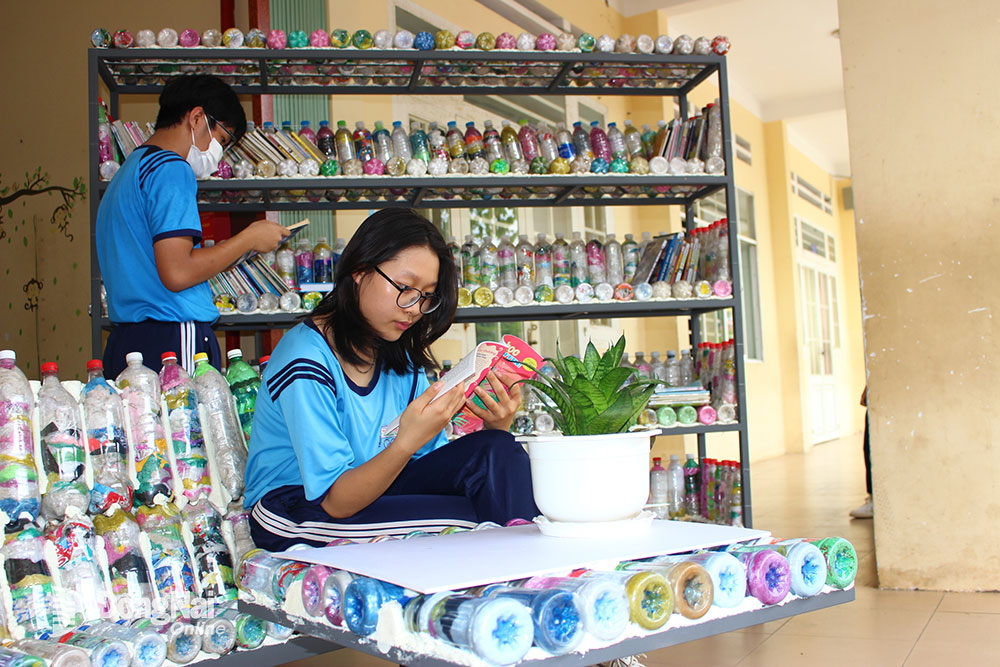 |
| Eco-brick products used as bookshelves, tables and chairs of the Plastic Bottle Recycling Club of Ngo Quyen Secondary School (Long Khanh City). Photo: H.LOC |
The product is used as library bookshelves, flower pots, tables and chairs and many other useful items.
* Making bricks from trash
Regularly after school on weekends, students of Ngo Quyen Secondary School (Long Khanh City) do extracurricular activities by cleaning the school yard. Seeing a lot of water bottles, potato chips, foam boxes, and plastic cups, Physical Education teacher Vu Son Lam thought something needed to be done. From there, Mr. Lam went online to learn and learned how to make eco-bricks. In February 2023, the Plastic Bottle Recycling Club, headed by Mr. Lam, was established.
Instead of being thrown into the trash as before, all candy wrappers, styrofoam boxes, and plastic cups are now cleaned, dried, cut into small pieces, and stuffed tightly into plastic bottles. This method not only treats plastic waste in the school yard but also creates bricks for construction.
Mr. Lam said: “At first, I only used plastic waste in the school yard; then, I coordinated with the school's Youth Union to launch a campaign for one student to make one eco-brick each week. Thanks to that, the number of bricks increased rapidly, to date it has reached nearly 2,000 bricks.”
According to Mr. Lam, each 500ml plastic bottle eco-brick contains about 200g of plastic bags, and a 1.5L bottle can contain 600-700g of plastic packaging waste. The more products are produced, the less plastic waste is in the environment.
Nguyen Hoang Tra My, class 9/4, a member of the Plastic Bottle Recycling Club, said that at first, she could make 3 bricks a week, but later, she could only make 1 brick every 2-3 weeks because of the bags.
Plastic bags are becoming less and less. “I collect plastic bags at home, ask for more from neighbors, clean them, dry them, stuff them tightly into plastic bottles and give them to the Youth Union. I like this activity because it helps reduce plastic waste and protect the environment,” Tra My shared.
Tho Gia Hieu, a 7/6 grader, was excited about the product he made because he didn’t need any help from teachers or adults. With large plastic bags, plastic cups, and foam boxes, he used scissors to cut them into small pieces so they could be easily stuffed into the plastic bottle. The easiest step was to stuff them tightly from the bottom up, from the edge to the inside of the bottle, using a chopstick or long stick to stuff them as tightly as possible. Finally, close the bottle cap tightly and you’re done, without worrying about getting wet or water seeping inside.
* Replicating the model
Mr. Lu Thanh Doi, Team Leader of Ngo Quyen Secondary School, said that this is an extracurricular activity that creates excitement for students. Instead of sitting and listening to theory, the students directly collect trash and make bricks themselves. Seeing products with their names on them being used as bookshelves and chairs, the students really like it. Next school year, the Team will continue to maintain this extracurricular activity to contribute to cleaning the environment and creating more bricks for meaningful projects.
Currently, the model of making eco-bricks from plastic waste is no longer limited to the Plastic Bottle Recycling Club, but also involves neighboring schools and students' families. Some cafes and soccer fields, seeing this useful work, also collect plastic bottles and plastic packaging to donate to the Club. Thanks to that, the situation of plastic waste along the roadside, which spoils the landscape and causes clogged drains, has significantly decreased.
According to teacher Vu Son Lam, the current difficulty is not the plastic bottles but the raw materials to fill them. Therefore, the team has encouraged students to make eco-bricks at home during the summer vacation or collect plastic bags, foam boxes, and plastic cups in their families to submit to the team to make bricks at the beginning of the new school year.
“Our main goal is not to create a lot of products but to contribute to reducing plastic waste that pollutes the environment, helping students form a “green” lifestyle from the time they are still in school,” said teacher Vu Son Lam.
In the coming time, the Club will coordinate with some organizations to make a globe of ecological bricks to place in the park, make flower beds and seats to propagate people to know how to reduce plastic waste by sorting and reusing.
Plastic waste pollution has now become a global problem. With this method of making eco-bricks, every person and every family can reduce plastic waste. The product is easy to make, highly applicable, and has outstanding durability because the raw material is an object that is difficult to decompose in the natural environment. Hopefully in the future, many schools, families, and organizations will also make eco-bricks for environmental purposes.
Hoang Loc
.
Source link


![[Photo] Hue: Inside the kitchen that donates thousands of meals a day to people in flooded areas](https://vphoto.vietnam.vn/thumb/1200x675/vietnam/resource/IMAGE/2025/10/29/1761738508516_bepcomhue-jpg.webp)
![[Photo] Flooding on the right side of the gate, entrance to Hue Citadel](https://vphoto.vietnam.vn/thumb/1200x675/vietnam/resource/IMAGE/2025/10/28/1761660788143_ndo_br_gen-h-z7165069467254-74c71c36d0cb396744b678cec80552f0-2-jpg.webp)
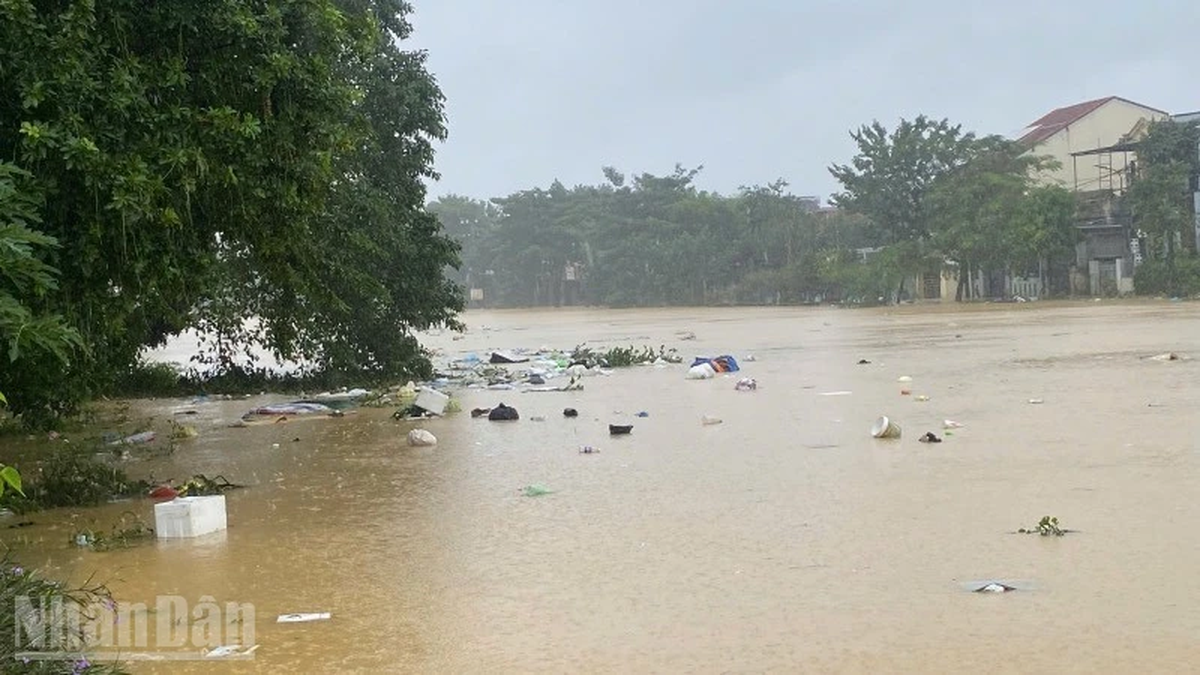
![[Photo] Prime Minister Pham Minh Chinh chaired a meeting to discuss solutions to overcome the consequences of floods in the central provinces.](https://vphoto.vietnam.vn/thumb/1200x675/vietnam/resource/IMAGE/2025/10/29/1761716305524_dsc-7735-jpg.webp)











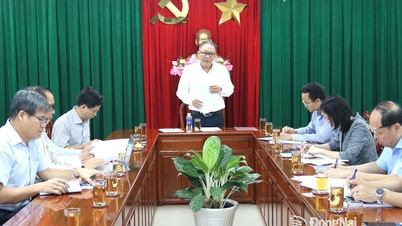










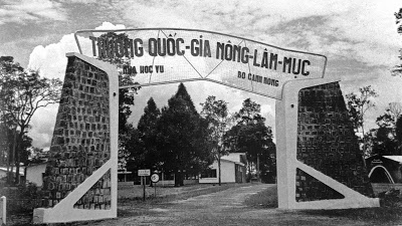
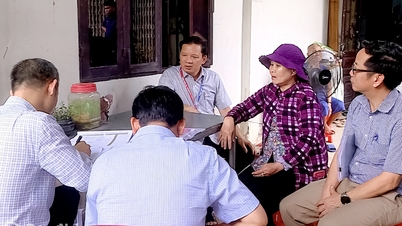
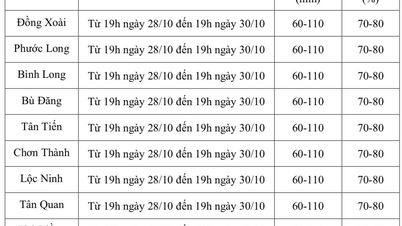





















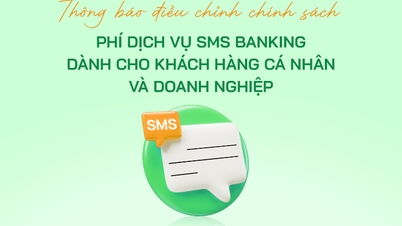














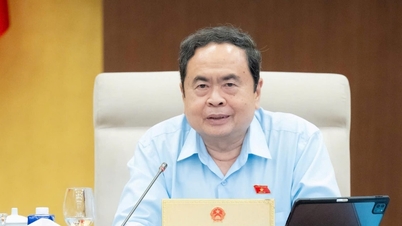

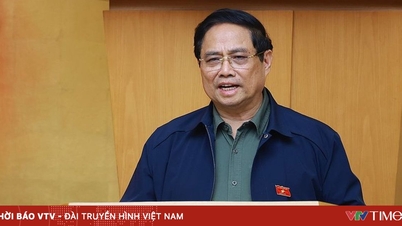


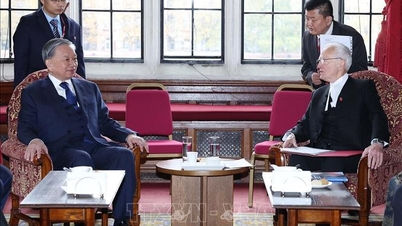
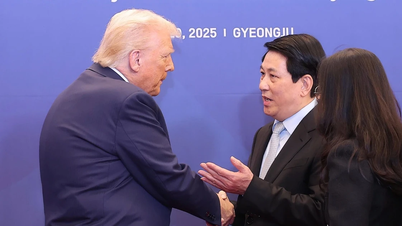

![[Video] 24-hour news on October 29, 2025: Prime Minister Pham Minh Chinh: No one in the Central region will be left hungry or cold due to floods](https://vphoto.vietnam.vn/thumb/402x226/vietnam/resource/IMAGE/2025/10/29/1761743011202_z7168421557697-8aba01bb34381f15c3b1423843c0e51f-jpg.webp)
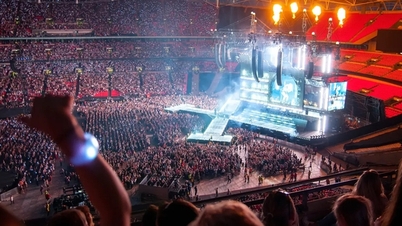

![[Live] Concert Ha Long 2025: "Heritage Spirit - Brightening the Future"](https://vphoto.vietnam.vn/thumb/402x226/vietnam/resource/IMAGE/2025/10/29/1761743605124_g-anh-sang-am-thanh-hoanh-trang-cua-chuong-trinh-mang-den-trai-nghiem-dang-nho-cho-du-khach-22450328-17617424836781829598445-93-0-733-1024-crop-1761742492749383512980.jpeg)
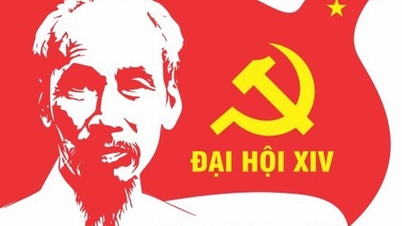
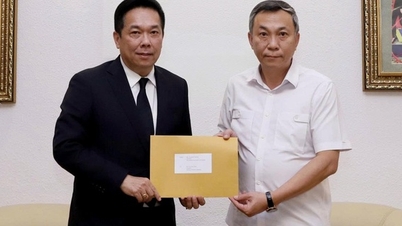



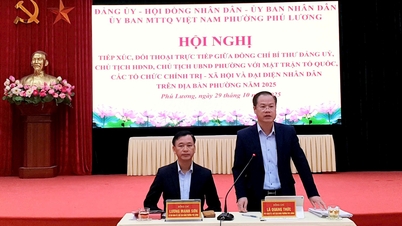






















Comment (0)